As metropolitan economies of all shapes and sizes prepare for a future with gigabit-speed broadband, one of the biggest costs to deploying a fiber network is preparing utility poles to carry a new fiber line. Since multiple cables typically attach to poles—think about cable television, telephone, etc.—a professional must reorganize them before attaching a new cable. This process, known as “make ready”, has become the next policy battleground in the fiber-dependent “game of gigs.”
Battle lines are already clear. For example, the Louisville/Jefferson County, Kentucky, metro government recently adopted a “one touch make ready” proposal that would allow new providers to perform all the required work in the make-ready process themselves—meaning they would be moving equipment owned by competitors—provided they use a skilled contractor. Shortly thereafter AT&T, which has its wires on poles and outright controls a number of them in Louisville, sued the city, alleging the city has no legal jurisdiction under federal or state law to regulate pole attachments. Not surprisingly, Google, a new entrant in the field that could be among the first to benefit from faster pole-access fiber deployment, stood up in support of the city. AT&T countered that the proposal raised safety concerns and that Google could have access under terms to which it has agreed in other locations.
The question, however, is not just about access but how to balance legitimate safety, cost and competitiveness concerns. In that effort Louisville is at the vanguard of a growing movement. San Antonio’s municipal utility, CPS Energy, has put in place a similar policy. North Carolina’s state broadband plan noted that a “’one touch’ policy . . . promotes safety and limits disruptions to the ROW,” or rights of way, and the Tennessee Department of Economic and Community Development’s recent broadband report called out “one touch” as a best practice.
Last week a group of city council members in Nashville introduced an ordinance similar to Louisville’s. As in Louisville, Google Fiber is seen as the primary beneficiary, and incumbent providers have opposed the measure, in this case arguing,“Just because you spell your name with eight different colors doesn’t mean you can’t play by the rules that everybody else has to f*****g play by.”
Why is this issue important to cities? Most mayors, in my experience, would like to ensure that all their businesses and residents have access to affordable, abundant bandwidth. The issue is that most don’t believe their cities have such broadband today. And while some might consider the city offering its own broadband service to meet that need, most look to market forces and private capital to do so.
What cities need to improve local broadband is a new math: one that better balances the high costs of deployment and operations against the risk of returns that don’t match costs.
Over the last five years, cities have taken a number of steps to change the math of deployment, trying to lower the costs and risks of deployment in a way that enables capital to flow to new fiber. Google Fiber has driven significant changes but AT&T, CenturyLink, and my own organization, Gig.U, have worked with dozens of communities to find ways big and small to lower costs.
“One touch make ready” proposals fit right into that effort. If implemented, they would cut both the time and cost for deployments, contributing to more affordable, abundant bandwidth. What’s more, they reduce disruption and improve safety on city streets, reducing the number of times that people need to drive a truck down a street or alley and climb up a pole to fix it.
The opposition is not without merit, but it is important to break down the major concerns.
Of course, incumbents always have an incentive to delay new competitors, and regulators and legislators should always question such efforts. The legal jurisdictional question, however, is a valid one. I am not an expert in such issues but would simply note that determining which federalist entity has the right to regulate pole access does not reflect on the core economic benefit of more efficient “make ready” work. As I favor broad municipal authority as a philosophical matter, and therefore hope Louisville wins the AT&T litigation, if the city loses, then the issue should go right to the front burner of federal and state decisionmakers.
Safety is also a critical issue. There are a number of ways to address it, such as with bonding, certification, and notice, without giving competitors tools for delay.
The fairness issue is also important, but the ordinance would apply to anyone building a new network or improving an existing one, not just Google Fiber. Further, cities that have granted Google Fiber certain rights have generally granted those same rights to incumbent telecom players, like AT&T, to lower the costs of upgrading their copper networks to fiber.
But some players take the fairness argument too far, trying to bind new entrants to all the obligations of incumbents. We should remember that both cable and telephone communications providers agreed to certain requirements in exchange for a government-mandated monopoly. While that monopoly is gone, they had decades of official protection from competition, circumstances that made the deployment economics easy. As a matter of policy, the FCC has correctly discouraged local governments from placing equal burdens on new entrants, finding that such requirements have “resulted in delayed entry, no entry, or failed entry.”
Further, as we saw with the data from the National Broadband Plan, these networks are staggeringly expensive. Breaking free from the status quo requires both creative and viable economic models. Broadband operators are businesses, not charities. If communities do not work to lower barriers to entry and enable efficient builds, the necessary new investment simply will not happen.
Access to certain private facilities to encourage network deployment is nothing new. Without the 1978 pole attachment law, we would not have had a robust cable infrastructure, just as without the 1992 program access rules, we would not have had a viable cable competitor in Direct Broadcast Satellite.
Revisiting the relationship between access to poles and multiple dwelling units and the deployment of next generation networks, as I have noted before, ought to be on the agenda for the next administration. But cities don’t need to wait. They should carefully follow the pioneering efforts of Louisville and Nashville to enable more efficient pole access. Moreover, to the extent they have jurisdiction, all cities should be exploring any methods that can lower the cost of deploying and operating future-proof broadband networks.
The Brookings Institution is committed to quality, independence, and impact.
We are supported by a diverse array of funders. In line with our values and policies, each Brookings publication represents the sole views of its author(s).
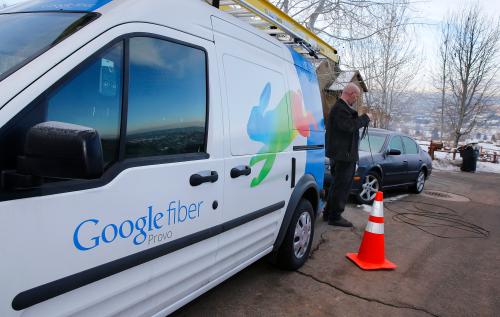



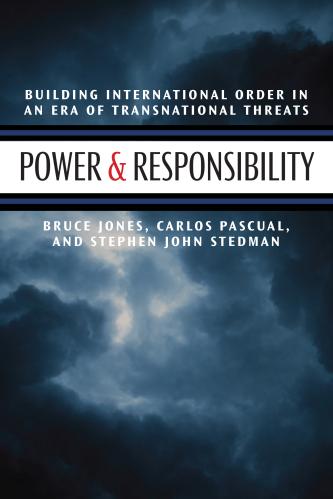

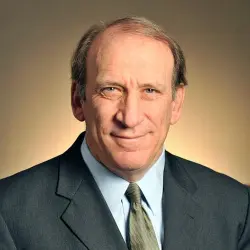

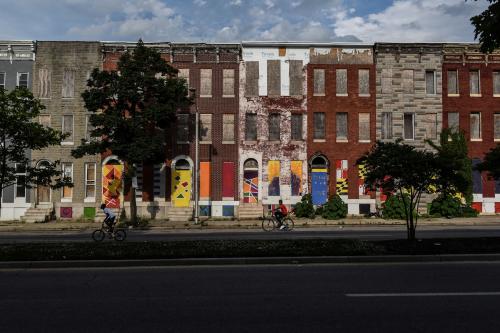
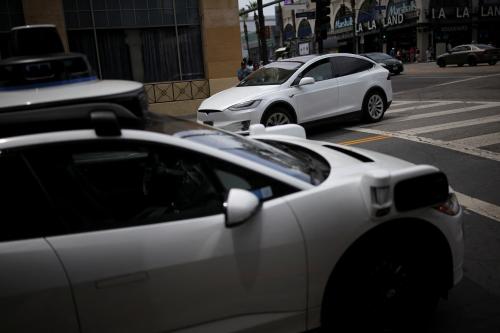
Commentary
Next battlefield in the “game of gigs”: Cities and poles
August 9, 2016